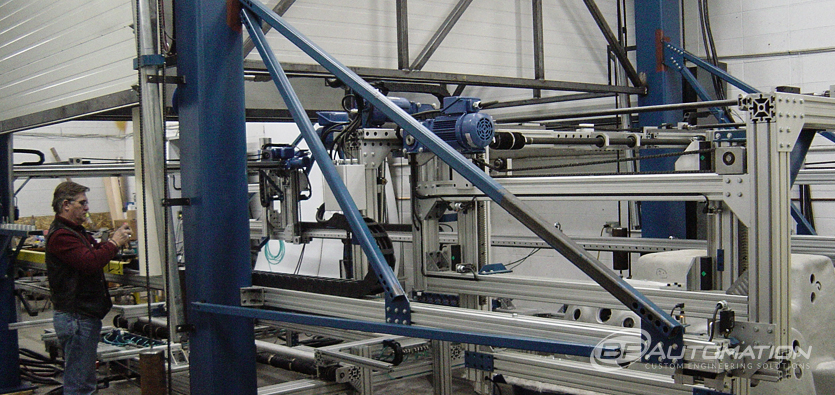
The hyper-competitive industrial environment frequently comes up with new challenges for manufacturers. These challenges generally revolve around the efficiency and capacity of an automated industrial system to meet the emerging market expectations. In order to remain competitive, businesses are not only turning to industrial automation to improve production efficiencies and economies of scale but also improving the existing automation technology continuously.
Advances in the industrial technology such as the development of intelligent machines, robots, and machine learning are reshaping the modern automation as machines are now capable of outperforming human capabilities in a wide range of work activities. Automating industrial processes allows businesses to improve productivity by eliminating or reducing error factor and improving the accuracy and quality of work. In fact, automated devices can achieve outcomes that are beyond human capacity. Let’s examine four factors that connect with each other in order to form an industrial automation system.
Industrial sensors and control devices
Industrial sensors and control systems, being an integral part of industrial automation, plays a vital and diverse role in evaluating the information and data related to measurement, temperature control, pressure measurement, weight, speed, etc. With every passing year, the industrial sensors and other control devices are getting more sophisticated and intelligent.
Human-machine interface (HMI)
There is certainly a communication channel in an automated facility system that allows humans to monitor or run an industrial system and that channel is called human-machine interface, a device that sets up human-machine interaction. HMI is a combination of hardware and software that builds a communication channel between machines and operators. It is also called man-machine interface (MMI).
Programmable logic controller (PLC)
Programmable logic controllers are industrial digital computers that work almost in the same fashion as personal computers do. However, PLCs can work in a hazardous environment. PLCs are processor-based systems that take inputs and communicate it with the entire production unit and then present the output to human operators. PLCs can control the entire manufacturing process while ensuring quality and great precision.
Motor control units
In automation, all component in a system are connected to each other with a central controlling unit or programmable logic controller. Motor drives respond physically to the instructions of PLC and perform the required action using other devices.
These four components, if employed appropriately, can produce incredible results in forms of precision, quality, and accuracy.
Industrial automation Future challenges
Technology is continuously and rapidly transforming industrial processes. It is sometimes hard for businesses to integrate a new technology into an existing system. It requires professional expertise and training to run a newly introduced system. However, with the growing demand for sophisticated and high-quality products, businesses have to quickly adapt and utilize the power of emerging automation systems.
The nature of manufacturing processes varies from business to business and that escalates the need for custom automation solutions. Every business needs a cost-effective automated system that can help improve the overall efficiency of a production process. Automation companies, like BP Automation in Canada, provide custom machines and automation technology in order to help businesses meet their future manufacturing challenges in a cost-effective manner.

